Cueva de las Manos, in English "Cave of the Hands," (or Cueva de las Manos Pintadas "Cave of the Painted Hands), so called because of the numerous painted hands found there, is located in the Patagonian region within Argentina. It has been listed as a World Heritage Site since 1999 based on its outstanding collection of prehistoric rock art.

Cueva de las Manos
by jptanabe
Prehistoric artworks tell us about the lives of people who lived thousands of years ago. These in Cueva de las Manos feature actual hand prints of the artists themselves!
The main cave has a variety of paintings depicting animals, people, and geometric shapes. These paintings are dated at around 9,000 years ago. Although more recent than the prehistoric cave paintings such as those found at Lascaux and Chauvet caves in France or Altamira cave in Spain, their artistic style appears much more primitive. However it is the collection of hands that is most striking and has attracted the greatest attention. Together with the hunting and other scenes, these hand prints provide insight into one of the earliest of human cultures in South America and a link to those people who lived so long ago.
Location
Cueva de las Manos is located in the province of Santa Cruz, Argentina, part of the Patagonian region. It is in the valley of the Rio Pinturas (Pinturas River) that runs through the Canadon Rio Pinturas (River Pinturas Canyon).
The cave itself is accessible by road, although the area is isolated, and the cave is open to the public. The ground inside the cave has an upward slope, and the height inside is reduced to no more than 2 m (7 ft).
Visiting the cave
Since the paintings are made by mineral inks they are not in danger of deterioration from exposure to the environment and the impact of visitors. Thus, the cave is open to visitors provided they join a tour. A wooden walkway has been constructed to enter the cave where the paintings can be viewed close up, guided by a park ranger.
Videos
Paintings
It is believed that the people responsible for the paintings in Cueva de las Manos, also called Cueva de Las Manos Pintadas (Cave of the Painted Hands), were the ancestors of the hunter-gatherers indigenous to Patagonia before the arrival of Europeans. Paintings in the cave include depictions of people, guanacos (camelids), rheas (flightless birds kind of like ostriches) and other animals native to South America, as well as geometric shapes, images of the sun and hunting scenes. They are colored, using red, yellow, white and black inks made from local minerals. The images of hands contain a mix of positive and negative impressions.
The paintings are dated to some 9,000 years ago. Since the inks are of mineral composition the age of the paintings was calculated from the remains of bone-made pipes found in the cave. The pipes were used to spray the paint on the wall. By blocking the wall with their hands like a stencil the artists were able to produce the numerous negative hand images.
In attempts to understand the purpose of the paintings the hunting scenes, like those found in cave paintings in other parts of the world, some have suggested that they represent hunting victories, or perhaps a spiritual act of empowering the hunters to be successful in killing those animals painted before setting out on the hunt. The sizes of the hands in most of the images resemble those of adolescent boys. Thus, it has also been speculated that the hand prints could have been a tradition among the adolescents marking their advancement into manhood by stamping their hands on the walls of this sacred cave.
For me, even though it is important and fascinating to know why these artists produced these paintings, particularly the hand images, I find it even more thrilling to be able to see, almost touch, the hand prints of these people. It makes them seem so much more real, so much more human. It connects them to our lives in a deep way, even if I can't see them or talk to them. Just knowing their hands touched this rock is such a meaningful connection to their lives in a substantial way - almost like we can touch hands across time.
Books
I couldn't find any books that are just on Cueva de las Manos, but these on Patagonia do feature the site.
 |  |
| Time Out Patagonia (Time Out Guides) | Lonely Planet Argentina (Travel Guide) |
More about Cueva de Las Manos
- Cueva de las Manos, Rio Pinturas
Entry on World Heritage Sites website.
- Cueva de las Manos, Argentina
Patagonia Holiday in 2007, visit to Cueva de las Manos.
You might also like
Drakensberg Rock ArtThe Bushmen (San) people created thousands of rock paintings in the Drakensbe...
Chauvet CaveThe Chauvet Cave in France contains hundreds of prehistoric paintings of a la...
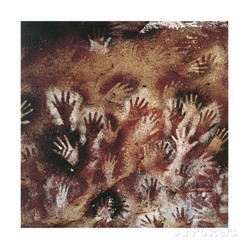

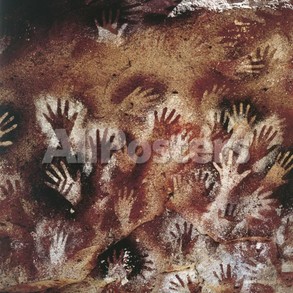
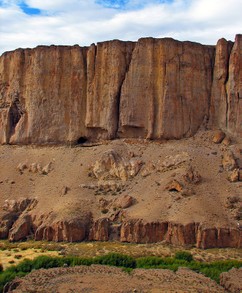
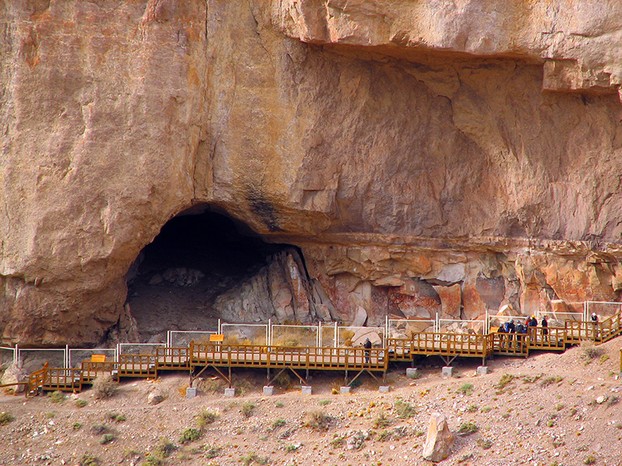
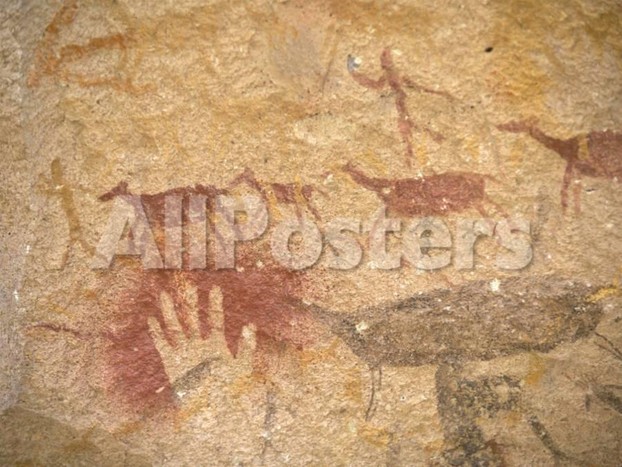
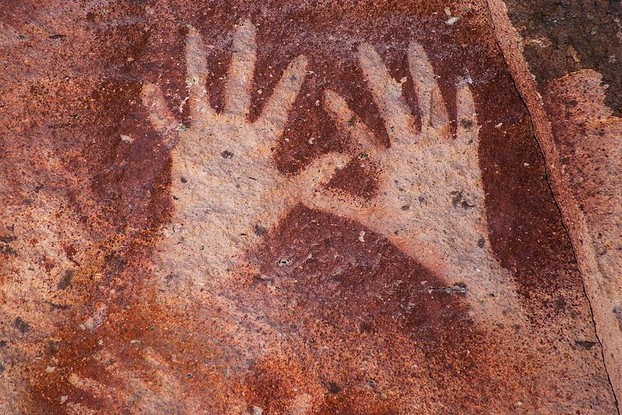
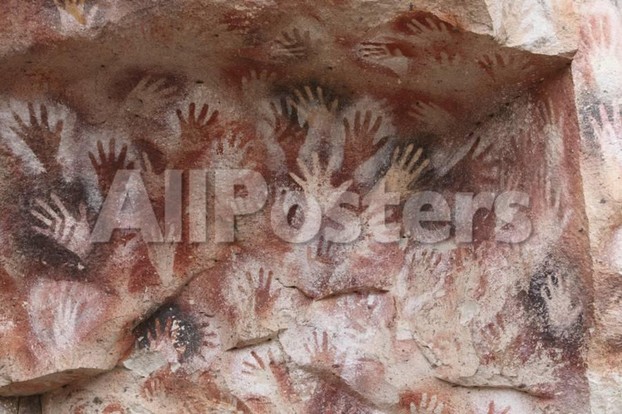

 I Published “My Reflections”on 10/02/2025
I Published “My Reflections”on 10/02/2025
 Best "Nutcracker" Movie of all Timeon 03/08/2019
Best "Nutcracker" Movie of all Timeon 03/08/2019
 Lascaux Cave Paintingson 01/18/2018
Lascaux Cave Paintingson 01/18/2018
 Bridges of the Hudson Valleyon 11/20/2017
Bridges of the Hudson Valleyon 11/20/2017

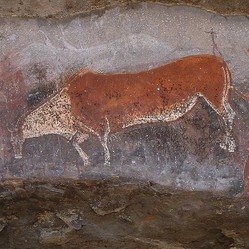
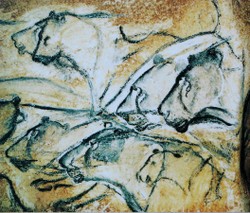
What do you think of the painted hands in this cave?
Never heard of this cave. I wonder why they painted all those hands. Your explanation is interesting.
Yes, almost all the hands are left hands. The suggested explanation is they held the pipes to spray the paint in their right hands, being right handed people I suppose!
One thing I find curious is he hands are all left hands. One thing I always question is dating such things, since we assume the pies were recent, not of a fossil find that would have had significance.
Is the mineral paint safe for flash photography? Light can alter things.